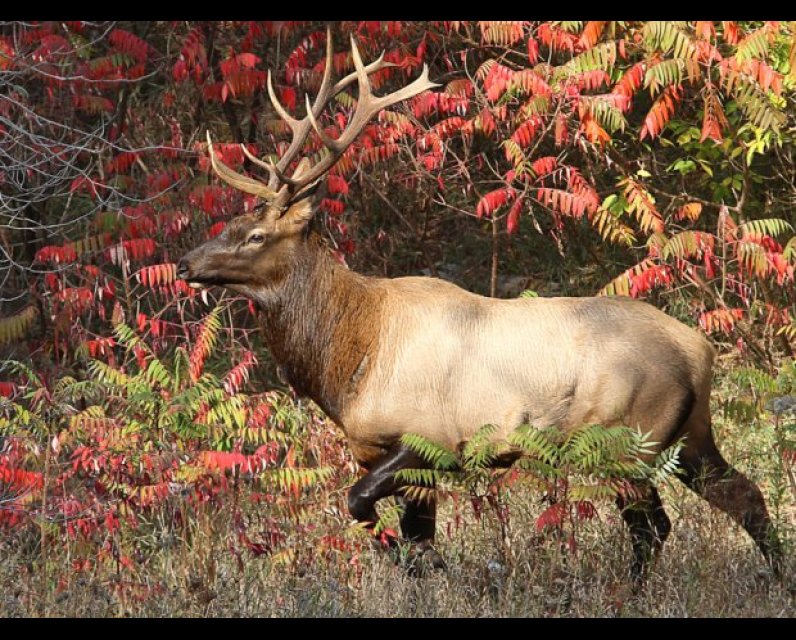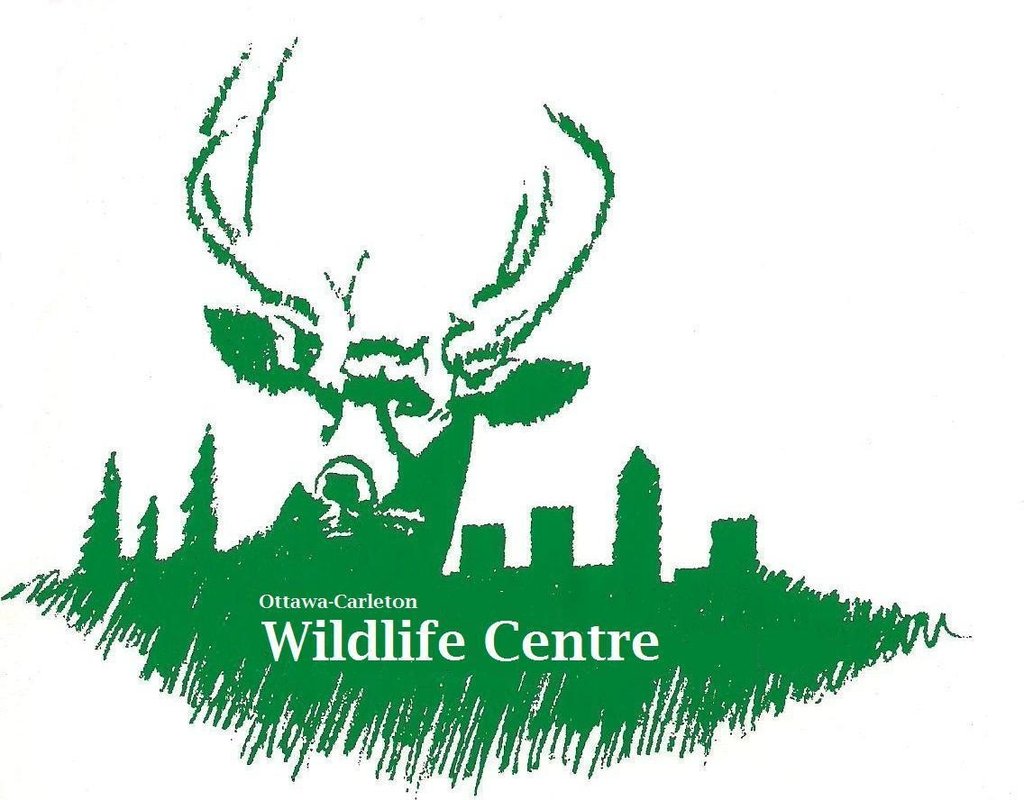Unpublished Opinions
Donna DuBreuil is the co-founder and president of the Ottawa-Carleton Wildlife Centre. The Centre, founded in 1987, was established to support a better understanding and respect for wildlife in the face of rapid development and habitat loss. This is achieved through a Wildlife Education Program taken to elementary, secondary and university students.
It also operates Community Outreach and Awareness Programs, Nature Discovery Workshops held at the Centre, a website offering comprehensive solutions to human-wildlife conflicts, pilot projects in the community that demonstrate ‘best practices’ in furthering co-existence, and works closely with other environmental and animal protection organizations across North America in the development of constructive strategies to promote and protect biodiversity.
Ottawa a deadly place for wildlife

Elk shot by police – public shocked and dismayed
There is no question that large species such as elk or moose that turn up in the city pose a challenge. However, there should not have been such a predictable outcome in the death of this elk. Predictable because of the negative history of how the City of Ottawa has dealt with large wild mammals in the past and the fact that it still hasn’t developed a better plan.
A headline in the Ottawa Citizen 12 years ago, on June 4, 2001 “Shooting the Moose – Where was the tranquilizer gun?” included a half dozen highly critical letters from the public. As one writer said “surely the City of Ottawa, existing in the middle of a greenbelt, could have been better prepared for such incidents”. Then, on June 5, 2010, almost a decade later, a similar headline “Let Moose escape city rather than kill them” and another rash of angry letters. And, now the shooting of this elk.
The Wildlife Strategy was supposed to change all this. But, after three years of frustration, community groups like ours walked away because it was clear that the City of Ottawa, the National Capital Commission and the Ontario Ministry of Natural Resources were united in preferring to maintain the status quo in how wildlife like beavers, coyotes, and large mammals are managed in this region, most often by bullets and traps.
With respect to this recent incident, in response to the suggestion that the police be equipped and trained to use tranquilizers, Police Chief, Charles Bordeleau, is quoted as saying “I am not prepared to start training our officers on that when we have experts available to us”. Well, where were these experts on Tuesday morning when the elk was first spotted? And, even more important, who are these experts?
As a member of the Wildlife Strategy Working Group, community organizations were told the City has a Large Wild Mammal Emergency Response protocol that includes a Wildlife Service Provider on contract who is trained and equipped and on call 24/7. It seemed obvious to us that this protocol should have been part of the broader Wildlife Strategy, yet no number of requests produced any information about who the Wildlife Service Provider is, their qualifications or even the terms of their contract.
Why all the secrecy for something that is funded out of the public purse? And, why are Ottawa Police left to once again take the heat in attempting to defend the unfortunate outcome.
A Better Plan
It is well recognized that tranquilizing a large wild animal has many risks. Had that been the decision, it should have at least been done at the outset, not after the animal has been allowed to become agitated.
The much safer approach is to give the animal a way out via the route it has come or is following. These animals don’t arrive by helicopter. They regularly use the many natural linkages such as hydro right-of-ways, transitway, Greenbelt and river corridors.
The elk was contained and docile. It was not posing any immediate threat. By allowing people to gather and having police press in closer with guns ready, not only does it understandably agitate the animal but it creates the expectation and time pressure for an action to be taken. Had the threat been coming from a human, bystanders would have been quickly dispersed by police. Most people would readily understand that their presence was escalating things and sealing the fate of the animal.
Monitoring the situation for another few hours or until nightfall would have given this nocturnal animal the opportunity to escape via the route it had come, quite possibly from the river corridor. Yes, it may have required closing a road or creating a short detour during this time but the public in Ottawa deal with this all the time for construction.
Jurisdictions, like Banff, manage regular incidents with elk in a way that doesn’t involve shooting them. It makes sense that Ottawa police, who will likely continue to be the first responders, form a small unit that is properly equipped and trained, perhaps by the experienced personnel in Banff.
In addition to the sad death of this elk, it’s unfair that Ottawa police should have to be the ones to issue apologies and be the target of on-going public criticism for killing wildlife when there is a choice. Given the abundance of natural habitat and linkages, incidents of large wild animals in Ottawa will continue to occur. Let’s make sure there is a plan in place – one that is transparent, understood and supported by the public.
Donna DuBreuil



Comments
Be the first to comment